An Eye-Popping Kinetic Representation of a Tesseract
By artists/designers Julius von Bismarck and Benjamin Maus
As designers, we understand that a square is two dimensions.
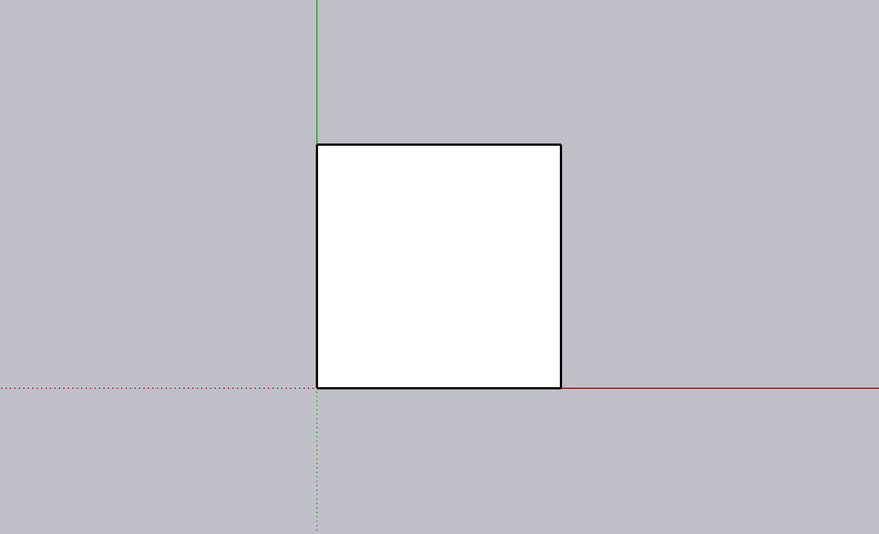
And that if we push it into three dimensions, we get a cube.
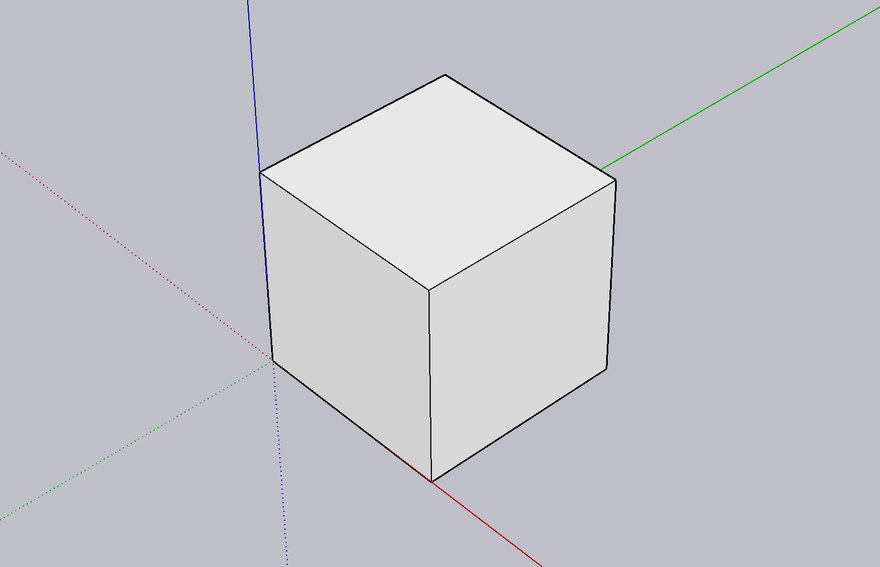
What's a little harder to grasp is what happens when we push the cube into a fourth dimension, one that we can't perceive. This notion of a fourth dimension was put forth, in the 19th and 20th century, by British mathematician Charles Howard Hinton. In this dimension a cube would become a hypercube, or tesseract, according to Hinton.
So what does this tesseract look like? In his 1904 book "The Fourth Dimension," Hinton provided diagrams.
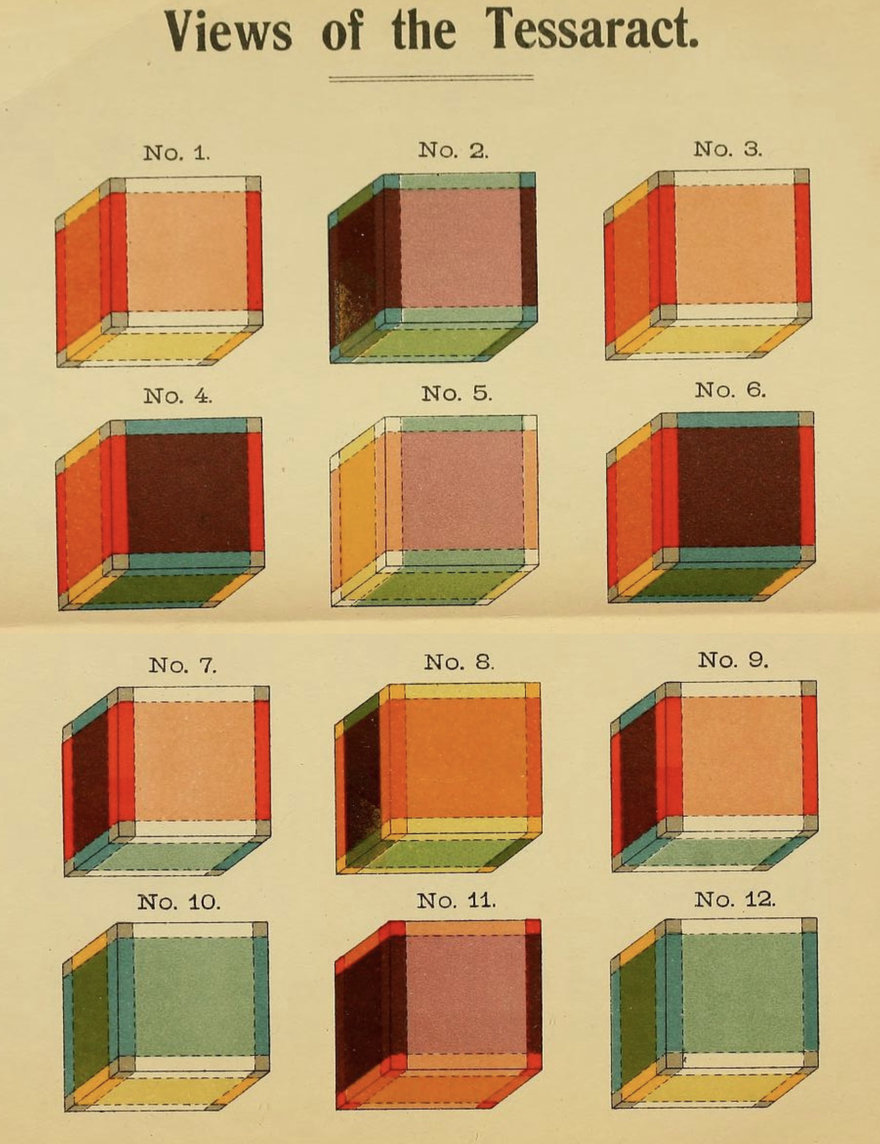
In the century-plus following Hinton's work, creatives ranging from Salvador Dali to Marvel Studios attempted depicting one.
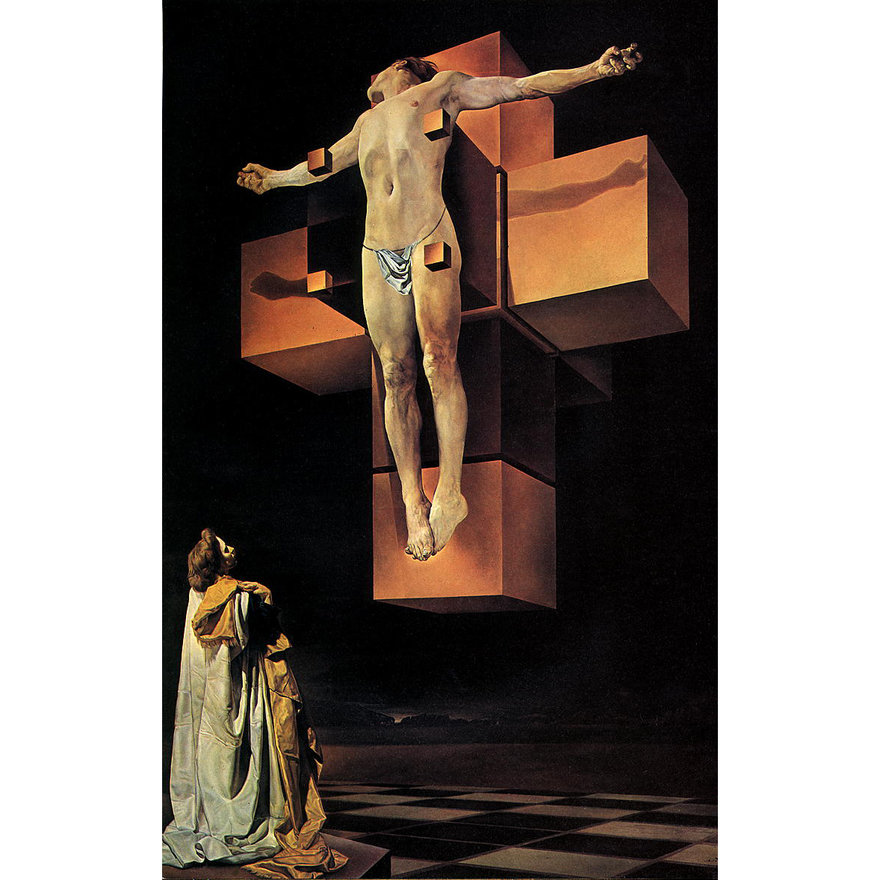
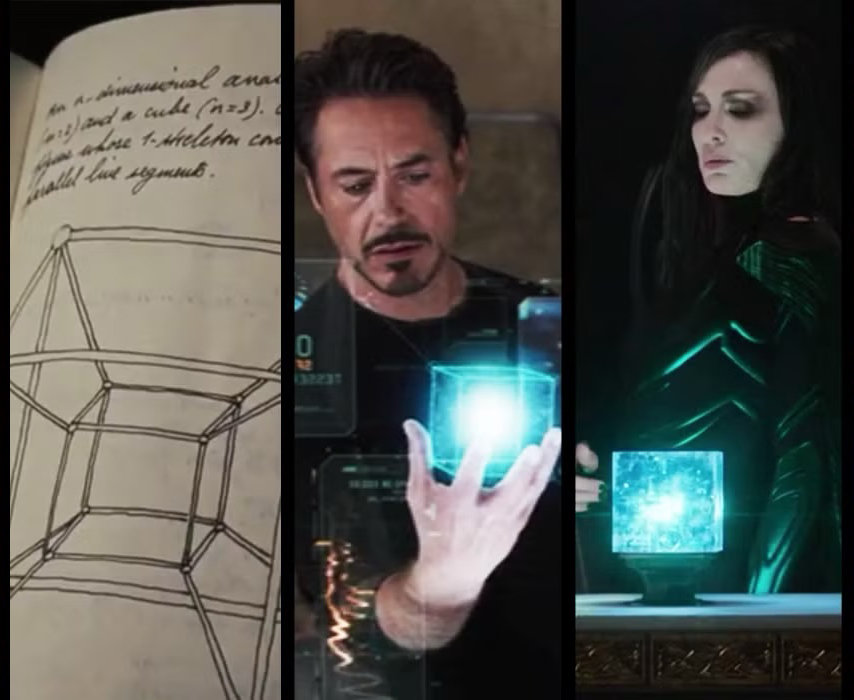
Fascinatingly, German artists and designers Julius von Bismarck & Benjamin Maus created a kinetic representation of a tesseract, called "Round About Four Dimensions:"
"We naturally conceive of three spatial dimensions, yet envisioning more becomes a challenge to our imagination. To understand these complexities, even physical theories rely on specific tricks. Just as three-dimensional objects cast two-dimensional shadows, four-dimensional entities translate into three-dimensional forms. When a four-dimensional body rotates, its three-dimensional shadow seems to invert. Here, that abstract notion is made a visible reality."
--Julius von Bismarck & Benjamin Maus
The sculpture is on permanent display at the CERN Science Gateway in Geneva, Switzerland. The organization commissioned it in hopes of inspiring curiosity and creativity in viewers. CERN, thankfully, understands the link between art and science.
-
o6Favorite This
-
QComment
K
{Welcome
Create a Core77 Account
Already have an account? Sign In
By creating a Core77 account you confirm that you accept the Terms of Use
K
Reset Password
Please enter your email and we will send an email to reset your password.
